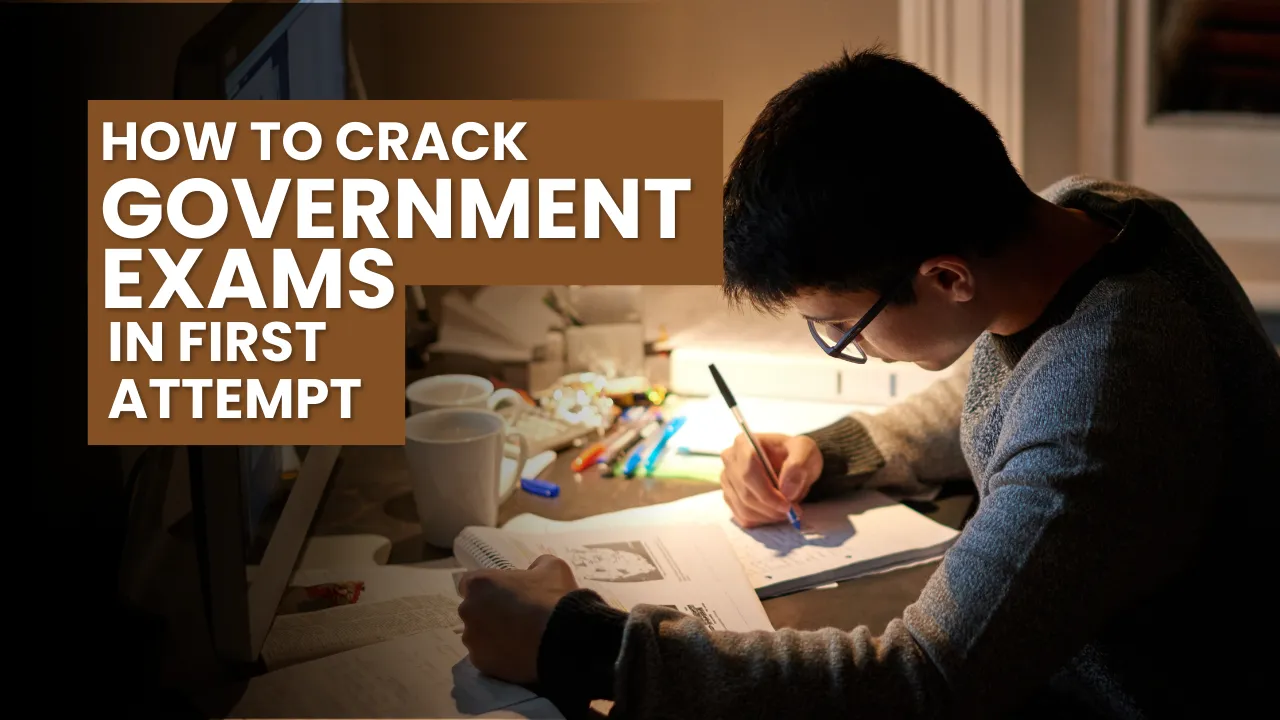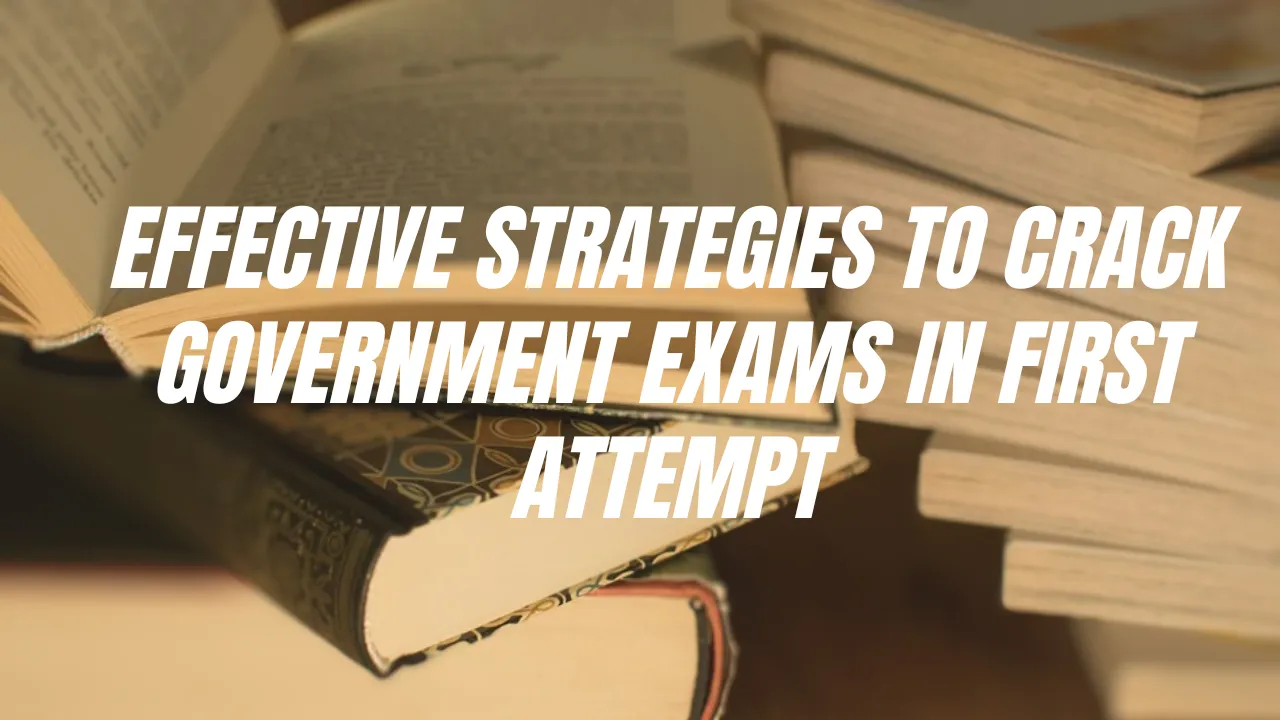Understanding Negative Marking in Competitive Exams: When preparing for competitive exams, especially government exams, understanding negative marking in competitive exams is just as important as mastering the syllabus. Negative marking can be the difference between clearing the cutoff and missing it by a small margin. Many aspirants lose valuable marks not because they don’t know the answers, but because of poor strategy and careless mistakes.
This article will explain how negative marking works and offer practical tips to avoid losing marks unnecessarily, helping you maximize your score in exams across India, including in towns like Vrindavan where government job aspirants are rising steadily.
Know the Marking Scheme Thoroughly
The first step in understanding negative marking in competitive exams is knowing exactly how marks are awarded and deducted.
- Check the Penalty: Most exams deduct 0.25 (1/4th) or 0.33 (1/3rd) marks for every wrong answer.
- No Negative Marks for Unattempted Questions: Leaving a question blank won’t hurt your score. This is a key point to remember—when in doubt, it’s sometimes better to skip than to guess.
Before entering the exam hall, be clear about the marking scheme of the specific exam you’re attempting.
Build Strong Conceptual Clarity
The best way to avoid negative marking is to know your subjects well.
- Focus on understanding core concepts instead of rote learning.
- A clear understanding helps you confidently pick the correct answer and reduces silly mistakes.
- When you understand topics deeply, it also helps in eliminating wrong options in tricky multiple-choice questions.
Remember, understanding negative marking in competitive exams isn’t only about exam day tactics—it’s also about solid preparation.
Master the Elimination Technique
One of the smartest strategies is the art of elimination.
- Read Every Option Carefully: Even if an answer seems obvious, check all choices to ensure you’re selecting the most accurate one.
- Eliminate Wrong Choices: If you’re unsure, start by removing options that are clearly incorrect.
- If you can eliminate two out of four options, your chances of guessing right improve to 50%. This is called an educated guess and is safer than blind guessing.
Learning how to eliminate options effectively is a core part of managing negative marking in competitive exams.
Attempt Questions Strategically
In exams with negative marking, attempting every question can backfire.
- Accuracy Over Attempt Count: It’s better to attempt fewer questions with higher accuracy than to attempt all and risk heavy deductions.
- Set a Confidence Rule: Only attempt questions where you’re at least 60-70% sure.
- Avoid guessing when you have no idea about the answer—it’s rarely worth the risk.
A smart approach to attempting questions will drastically reduce your chances of falling victim to negative marking.
Manage Your Time Wisely
Time pressure often leads to careless errors.
- Don’t Get Stuck: If a question is taking too long, move on and come back to it later.
- Divide Time: Allocate specific time blocks for each section.
- Regular practice with timed mock tests will train you to handle time pressure and reduce mistakes caused by rushing.
Effective time management goes hand in hand with understanding negative marking in competitive exams.
Read Questions Carefully
A common cause of negative marking is misreading questions.
- Pay attention to words like “NOT,” “EXCEPT,” or “INCORRECT.”
- Don’t assume anything beyond what’s stated in the question.
- Take a few extra seconds to ensure you understand exactly what is being asked.
This small habit can save several marks by preventing avoidable errors.
Review, But Don’t Overthink
If time allows, review your answers, but:
- Trust Your First Instinct: Studies show that your first choice is often correct.
- Only change an answer if you’re absolutely certain of your mistake.
- Avoid overthinking and second-guessing, which often leads to unnecessary corrections and negative marks.
Practice Mock Tests and Analyze Mistakes
Practicing under exam-like conditions is essential.
- Take regular mock tests that follow the same marking scheme as your target exam.
- After each test, analyze where you lost marks due to incorrect answers.
- Identify patterns—are your mistakes due to lack of knowledge, misreading, or poor guessing?
By learning from your mock test errors, you’ll improve both accuracy and decision-making.
Stay Calm and Positive
Anxiety can lead to careless mistakes and poor judgment.
- Practice relaxation techniques before and during the exam.
- Stay confident in your preparation.
- A calm mind makes better decisions, especially when deciding whether to attempt or skip a tricky question.
FAQs
How does negative marking work in most government exams?
Typically, 0.25 or 0.33 marks are deducted for each wrong answer. Always check the specific exam guidelines.
Should I attempt all questions in exams with negative marking?
No, only attempt questions where you’re reasonably confident. Avoid blind guessing.
Is it safe to guess if I can eliminate two options?
Yes, if you can confidently eliminate two wrong answers, an educated guess may be worth it.
How can I reduce silly mistakes during exams?
Practice mock tests, manage time well, read questions carefully, and stay calm.
Does every competitive exam have negative marking?
No, some exams don’t have negative marking. Always read the instructions carefully before starting.
Final Thought
Understanding negative marking in competitive exams is about more than just avoiding penalties—it’s about smart preparation, careful reading, and strategic answering. By focusing on accuracy, managing your time, and practicing regularly, you can minimize mistakes and maximize your score. Whether you’re preparing for SSC, banking, railways, or state exams in Vrindavan or anywhere in India, these tips will help you approach exams with confidence and caution. If you found this guide useful, share it with fellow aspirants or leave a comment below. Stay tuned for more exam strategies and success tips!











